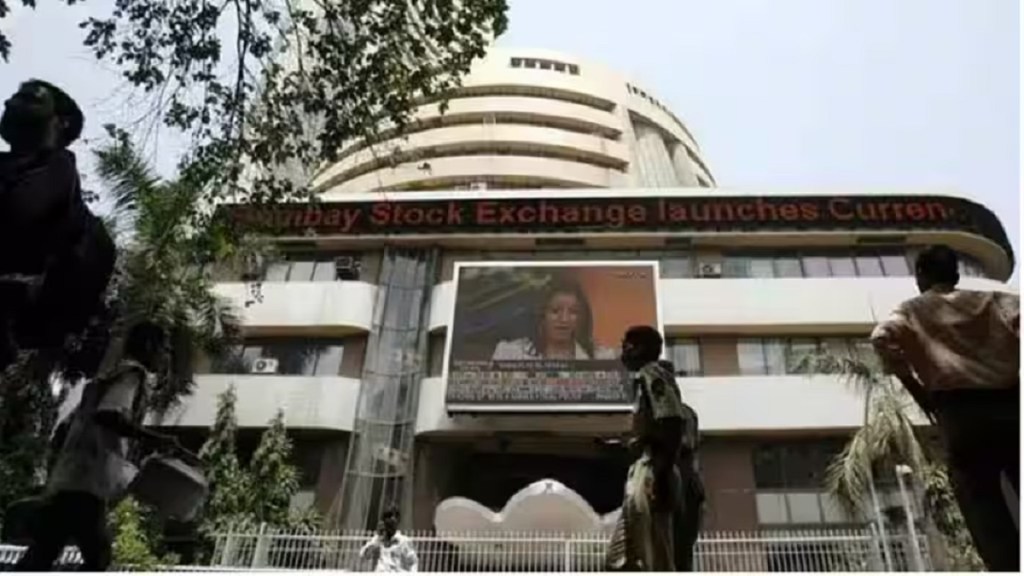By Kresha Gupta
The additions to the SME framework by SEBI have included some good points that will help address the ongoing challenges in the SME exchange and create a more transparent and trustworthy platform, ensuring long-term growth for companies and safeguarding the interests of investors. Here’s my analysis:
Rs 1 crore EBITDA
The core rationale behind the SME exchange was to provide smaller enterprises an opportunity to list, raise equity capital, and expand their businesses, enabling them to compete with larger players. With the growing number of IPOs and simplified eligibility criteria, it became hard to find genuine good companies.
Previously, a company had no minimum profit requirement to launch a public issue. However, the introduction of the Rs 1 crore EBITDA criterion ensures that companies with negligible profits or those engaging in window dressing their books are filtered out.
This development is highly beneficial for investors, as it promotes transparency and credibility. Moreover, the SME Exchange has evolved significantly, with companies now launching larger IPOs. In this context, the Rs 1 crore EBITDA requirement is a modest benchmark, aligning with the growing scale of these enterprises.
OFS capped at 20% of issue size
Proposals like limiting the OFS to 20% of the issue size and capping it at 50% of the promoter’s total holding represent a crucial step forward. A company that raises public funds depends heavily on the vision and dedication of its promoters, making their role crucial to its success.
Recently, some SME IPOs have been entirely OFS-based, leaving retail investors with limited scope for thorough due diligence. Additionally, with inflated valuations, the proceeds from such offerings often fail to contribute meaningfully to the company’s growth. These proposed measures ensure greater accountability and alignment of promoter interests with the company’s and investors’ success, significantly benefiting retail investors.
Promoters’ holding in excess of MPC
To ensure long-term commitment from promoters, a minimum lock-in of 20% of their shares is mandated for three years after their company goes public. This rule was introduced to address instances where promoters sold off their shares soon after listing to capitalize on high valuations.
However, to curb manipulative practices observed in some cases, SEBI has introduced additional restrictions on promoter holdings exceeding the Minimum Promoters’ Contribution (MPC). Under the new rule, 50% of the excess MPC will be locked in for one year, and the remaining 50% for two years. This ensures that only promoters who are genuinely interested in the company’s long-term success will list their companies and stay invested.
Allocation for NIIs
The change in the allocation method for non-institutional investors (NIIs) will result in a broader distribution of shares, increasing the number of investors and preventing a large group from cornering too many shares. This shift will help reduce stock price manipulation and encourage greater participation from the public, leading to a diverse investor base.
Allocation of IPO proceeds
5. It is essential for issuing companies to provide a detailed breakdown of how IPO proceeds will be utilized. The term General Corporate Purpose (GCP) often lacks clear documentation, leading to significant discrepancies between the stated use of funds in the DRHP and the actual expenditure – an issue that raises red flags. Some companies have exploited this loophole, allocating as much as 30-35% of issue proceeds to GCP.
For companies listing on the SME platform, where issue sizes are comparatively smaller, such a high allocation to GCP dilutes the effective use of funds. Addressing this practice is crucial to ensure transparency and protect investor interests.
Avoiding misappropriation of funds
As mentioned, the promoter plays a pivotal role in shaping a company’s vision and driving its growth. It is the promoter on whose vision the company can grow However, if there is any indication that promoters or related parties might divert IPO proceeds for personal gain, it undermines the company’s ability to expand or sustain its operations. Such practices ultimately harm the company’s valuation and investor confidence.
SEBI’s guidelines emphasize that public funds should be utilized solely for the growth and benefit of the company, ensuring they are not misappropriated by founders or related entities. This approach safeguards investors and promotes sustainable business development.
Public comments
This point has both advantages and disadvantages. Making the DRHP public and accepting comments allows for a detailed analysis of the issuer company. Analysts can question valuations, risk factors, and operations, which helps highlight potential issues and benefits investors.
However, in today’s competitive market, it could also lead to false claims or misleading feedback. While this approach is generally beneficial for investors, it’s important to thoroughly review all comments to ensure only valid and constructive points are considered.
FPOs
This rule aims to enhance compliance among companies. Under the new regulation, any SME company seeking to launch an FPO (follow-on public offer) after its IPO will only be permitted to do so if it adheres to the compliance requirements outlined in SEBI’s LODR Regulations, 2015, which apply to mainboard companies. This ensures that companies maintain higher accountability standards before raising additional public funds. Previously, SME-listed companies were restricted from launching an FPO.
Related party transactions
Related party transactions have been a recurring issue in companies launching IPOs. Founders often engage in financial and tax planning by establishing multiple entities to manage financial transactions. While this can sometimes be advantageous, it frequently leads to inflated sales figures by recording transactions with related parties.
This practice artificially boosts turnover, enabling window dressing of financial statements and manipulation of the books. Introducing a cap of 10% of the annual consolidated turnover or Rs 50 crore, whichever is lower, will make such manipulations significantly harder.
Kresha Gupta is the Founder & Director at StepTrade Share Services. Views expressed are personal. Reproducing this content without permission is prohibited.

